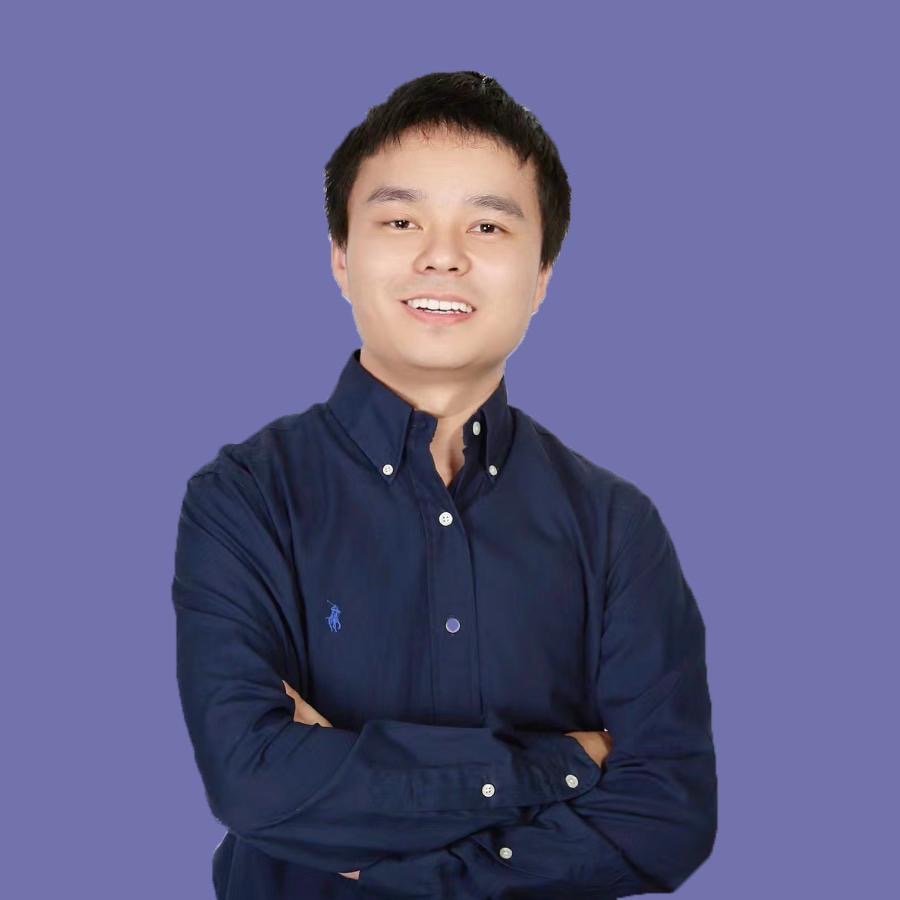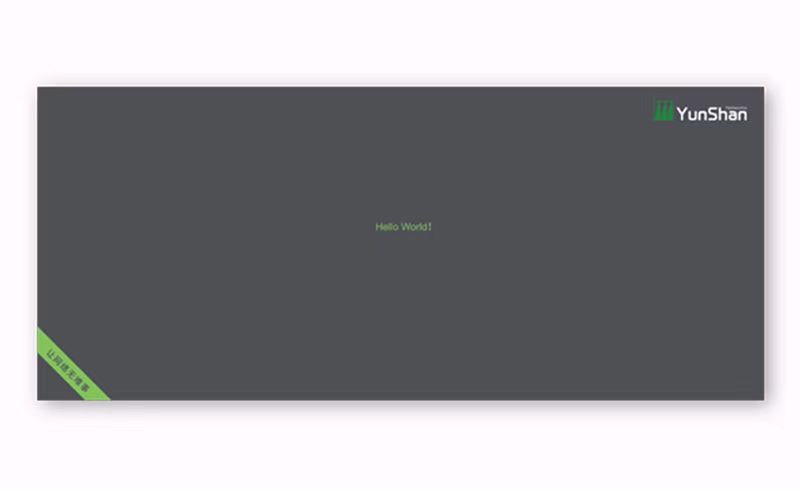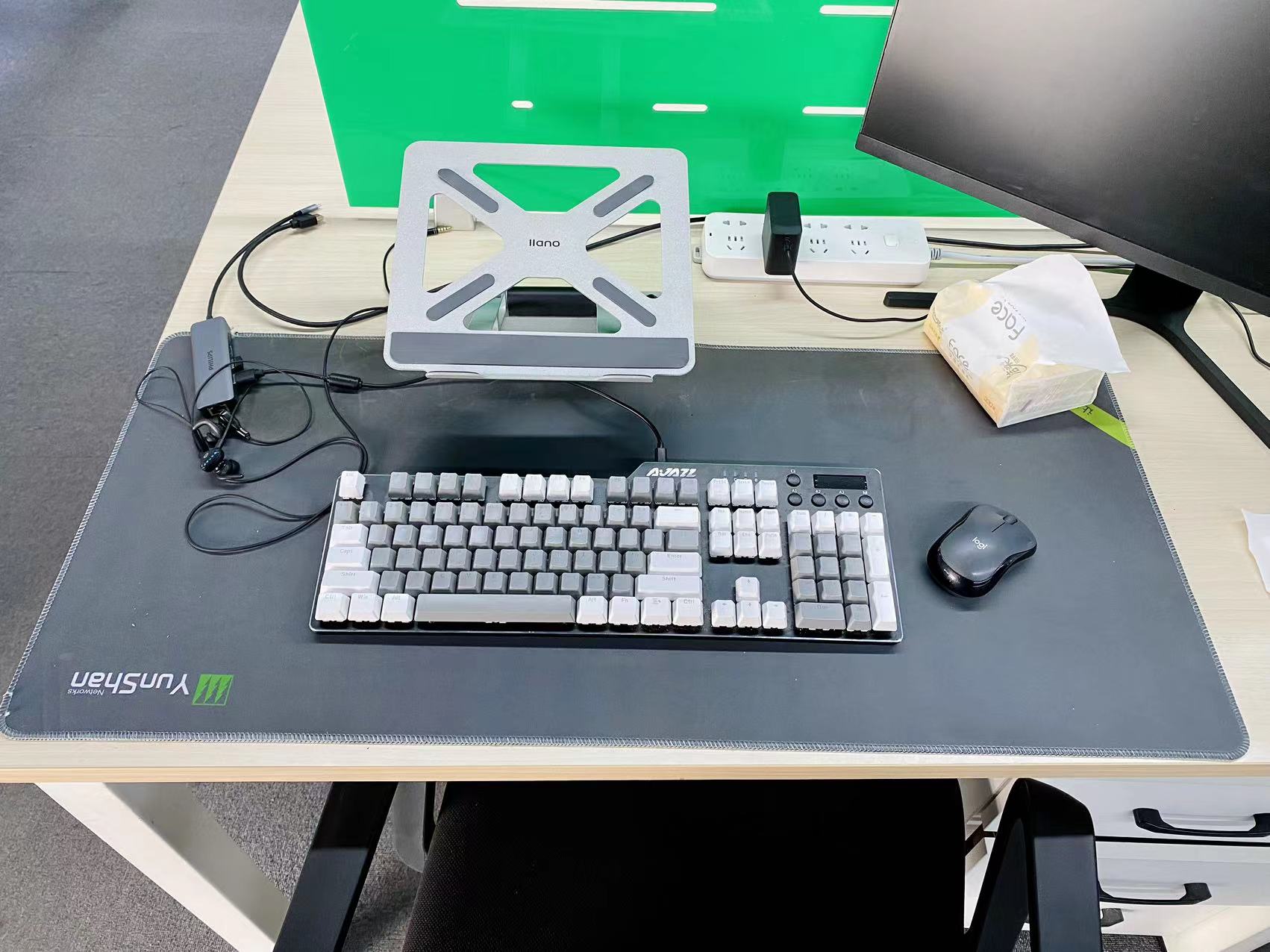Under the cloud-native architecture, due to the large number of application services, complex access relationships, and long access paths, observability becomes more and more important. However, most of the traditional observability implementation methods rely on active service exposure indicators and active output tracking spans. On the one hand, this brings a huge workload for developers to achieve observability; Lack of stack observability.
eBPF is receiving more and more attention as a hot technology, and we know that a great use case for eBPF is to achieve observability. However, most of the existing solutions focus on achieving the observability of the infrastructure itself, lacking an application perspective, and lack of association with the application’s own indicators, tracking and other data. One of the great advantages of eBPF is its zero intrusion. Can we fully enjoy the dividends it brings? With the advantages of zero code modification, zero configuration modification, and zero process restart, we can jump out of the infrastructure vision and use it to implement cloud Observability for native apps?
News Fast Delivery’s current Q&A with experts (March 22-March 28) we invitedTeacher Xiangyangand bigLet’s talk aboutHow to realize the observability of cloud native applications with the help of eBPF zero code modificationtopic.
Issues that may be discussed include but are not limited to:
- Conditions of use of eBPF
- The impact of eBPF on application performance
- Risks in using eBPF
- Typical benefits of eBPF for application observability
- Can eBPF draw application call topology
- Can eBPF draw a distributed tracing flame graph?
If you have other related questions, please ask
!
Guest introduction:
Xiang Yang, VP of DeepFlow R&D, Ph.D. from Tsinghua University, has won the Community Contribution Award issued by IMC, the top international conference in the field of network measurement. After graduation, he joined Yunshan Network and was responsible for DeepFlow. He is committed to creating a zero-intrusion cloud-native application observability product, hoping to make observation more automatic and developers more free.

In order to encourage active questioning, we will draw 5 lucky members from the questioners after the question and answer to give mouse table matsone serving.


The consistent style of OSChina Q&A does not welcome any discussions and trolls that have nothing to do with the topic.
Welcome everyone to ask questions about eBPF Teacher Xiangyang Questions can be answered directly.
#Expert #eBPF #code #modification #realize #observability #cloudnative #applications #News Fast Delivery